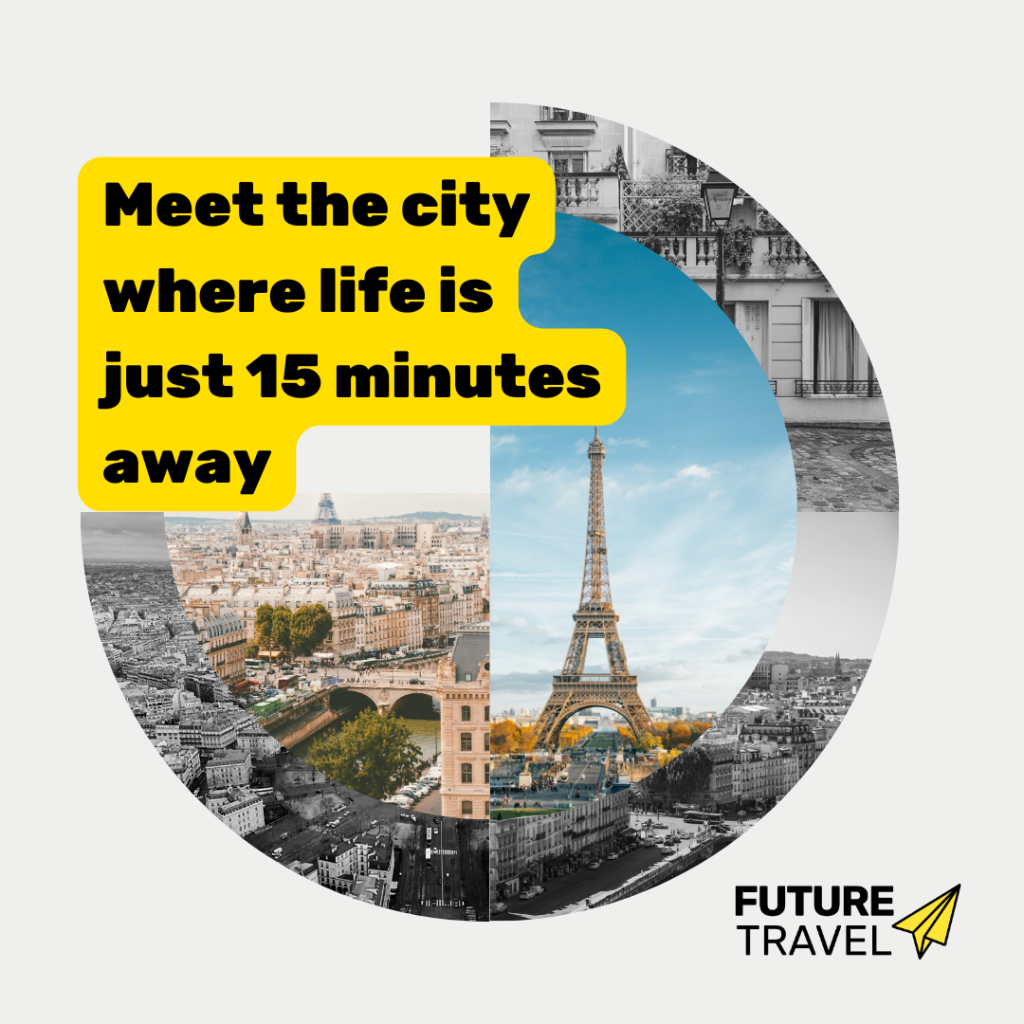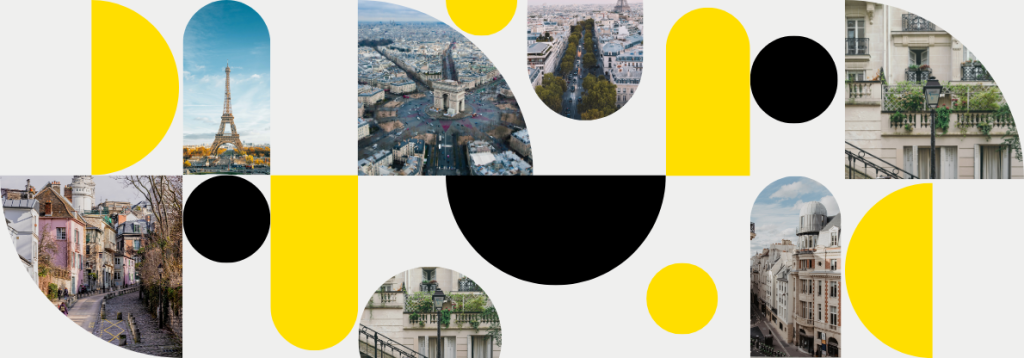
The most famous city in the world, Paris, is renowned for its iconic landmarks like the Eiffel Tower, exquisite croissants, rich art and culture, and now, it is also at the forefront of sustainable practices that will shape the future of tourism and travel.
Embracing a profound commitment to environmental consciousness, the French, particularly the Parisians, have integrated sustainability into the fabric of their daily lives. This pervasive mindset has catalyzed a series of progressive policies implemented by the city government, revolutionizing mobility, urbanism, and the overall visitor experience.
Under the leadership of Mayor Anne Hidalgo, Paris has taken momentous strides toward prioritizing people over vehicles, envisioning a future where urban mobility is optimized for the well-being of its residents and tourists alike. Notably, Mayor Hidalgo recently announced an ambitious initiative to transform Paris into a 15-minute city, further elevating the city’s commitment to accessibility and livability.
This groundbreaking strategy holds immense implications for the future of tourism and travel. By reimagining urban planning and transportation infrastructure, Paris is poised to offer a uniquely immersive and sustainable experience to visitors. From reduced reliance on cars to enhanced pedestrian-friendly areas, the city’s relentless pursuit of a 15-minute city vision promises to reshape the way tourists engage with Paris and unlock many new opportunities for exploring its wonders.
What is a 15-minute city?
We can say that the idea of a 15-minute city implies creating an urban space in which people can reach basic needs 15 minutes away by walking, cycling or using efficient public transport. In other words, in 15 minutes you can reach a school, pharmacy, market, gym, shop… Everything you need to ensure a “sky rocking” quality of life.
A 15-minute city revolves around four dimensions, according to EIT Urban Mobility:
- proximity, to reduce distances to destination;
- diversity of land use and people to make all relevant destinations more easily reachable;
- density to ensure a minimum customer pool for local businesses;
- and ubiquity so that the 15-minute city is available and affordable for all citizens.
How is Paris becoming a 15-minute city?
Of course it takes time to get there. Paris already has a long history of measures aimed at improving urban mobility, prioritizing public transport and alternative means of locomotion, which avoid individual transportation, such as cars and motorcycles.
And, without a doubt, Paris has made many advances in terms of rethinking the city.
- The use of private vehicles dropped from 44% to 35% between 1999 and 2016, due to Initiatives in favor of pedestrianization and public transport.
- The pedestrianization of the Seine in 2016, a globally-acclaimed action.
- In 2019 alone, Paris managed to reduce car traffic by 8%.
- Car free days at Champs-Elysées: the most important avenue in the city is given to pedestrians on the 1st Sunday of the month.
That said, a 15-minute city is inspired by a very simple premise: to create a city that prioritizes people over cars. This is what is happening in the city, as described by Carlos Moreno in his TED talk; the Scientific Director ETI Chair at University Sorbonne Paris is one of the people leading this transformation in Paris and sharing information throughout the globe on how other cities may consider this model as an option.
What he shares about what is taking place in Paris is a large plan involving the whole city, proposing a huge decentralization, the creation of new services for each of the districts, the reduction of traffic with the creation of more cycle paths in leisure spaces, new economic models to encourage commerce location, creating more green spaces and transforming current infrastructure.
This planning required thinking of the entire city as an environment, creating something new where it was needed, changing what doesn’t work, reshaping what can be better and also giving a new purpose to what already exists. This mindset makes it possible to plan, develop and implement this idea for all citizens, not only in a few neighborhoods.
When a destination as important as Paris takes a stand to place sustainability at the top of their agenda, the whole world begins to listen more attentively. But is it possible that this is a trend in city planning? And how does this influence the travel industry?
15-minute cities and the future of travel
Cities like Paris, Seoul, Bogotá, and Houston have embraced the concept of becoming 15-minute cities, and whether this movement becomes a lasting trend remains to be seen. However, the crucial question at hand is how major urban centers can genuinely commit to and engage with sustainability.
By reducing CO2 emissions and carbon footprints, cities pursuing this path strive to create healthier environments for their residents, ultimately enhancing the experiences of both visitors and tourists.
This development holds promising implications for the travel industry, mainly because the future of the sector relies on technological advancements, innovation, and sustainable solutions.
For travel industry stakeholders, this presents an opportunity to collaborate and reimagine transportation, accommodation, entertainment, digital products, and overall traveler experiences in light of the advantages offered by a 15-minute city. Who wouldn’t want to optimize their experience as a tourist? Let us hope that this idea spreads worldwide, benefiting travelers and cities alike.


